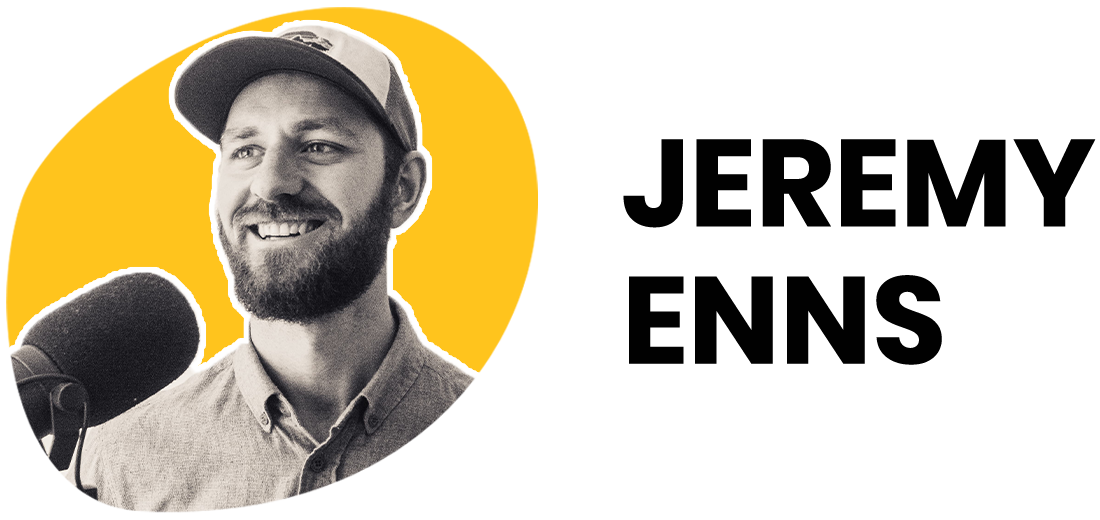If we want to differentiate ourselves and the work we do, it’s essential to get clear on both what it is, and what it’s not.
Of course, when thinking about what our work is, we immediately call to mind a series of positive adjectives to describe it.
Efficiency, quality, and responsibility all seem at first glance to be traits worthy of becoming known for.
The problem is that when we choose to build our positioning on the backs of these concepts, we end up lumping ourselves in with… well, most other people doing similar work to us.
So what are the alternatives?
None of us wants to be known for being inefficient, low-quality, or irresponsible in our work.
Our challenge then is to move beyond thinking in the binary of good traits vs bad traits.
When it comes to our positioning, binaries like this lead to bland, beige, and boring.
To platitudes, motivational posters, and company values like integrity, excellence, and respect.
To work that no one gets excited to engage with.
Instead, we need to embrace the idea that the opposite of “good” might not be “bad”, but a different type of good.
A good that appeals to a different type of person, in a different situation.
It turns out that in some situations, efficiency, top-quality, and responsibility may not be positive traits at all. In fact, they may be the opposite.
The creative, experimental process involved with creating something that’s never existed before could rarely be described as efficient.
The spare tire in the trunk of a car was never intended to be top quality. It was intentionally designed to be a compromise between weight and effectiveness, a stopgap to get you to the next service station but no further.
And while responsible vs irresponsible isn’t much of a choice, responsible vs dangerous certainly is.
Brands like Harley Davidson have chosen to build their brands almost exclusively by rebelling against “responsible”.
It would be hard to argue that the responsible choice has ever been to buy any motorcycle, let alone a Harley. And yet for their customers, that’s exactly what makes them an appealing choice.
The purpose of our positioning is not to help our customers decide between good and bad options. They can do that themselves
Rather, it’s to help them decide which version of good most appeals to them.
Are they looking for an IKEA print or a one-of-a-kind painting? Both cover the same spot on the wall.
A short-term lease on a studio apartment or the home their future kids will grow up in? Both provide a place to sleep.
A Prius and a Harley and a Tesla and a pickup truck will all get them to work and back.
Our opportunity, especially when competing with larger, entrenched incumbents is to position ourselves as a positive choice our ideal audience didn’t know they cared about.
Sure, many of them won’t.
But many of them will care deeply.
These are the people who will become our biggest fans, brand advocates, and repeat customers.
We just need to find a way to present them with the right choice between two types of good.


0 Comments